We are currently working on this product. Stay tuned for more update.
British India Partition
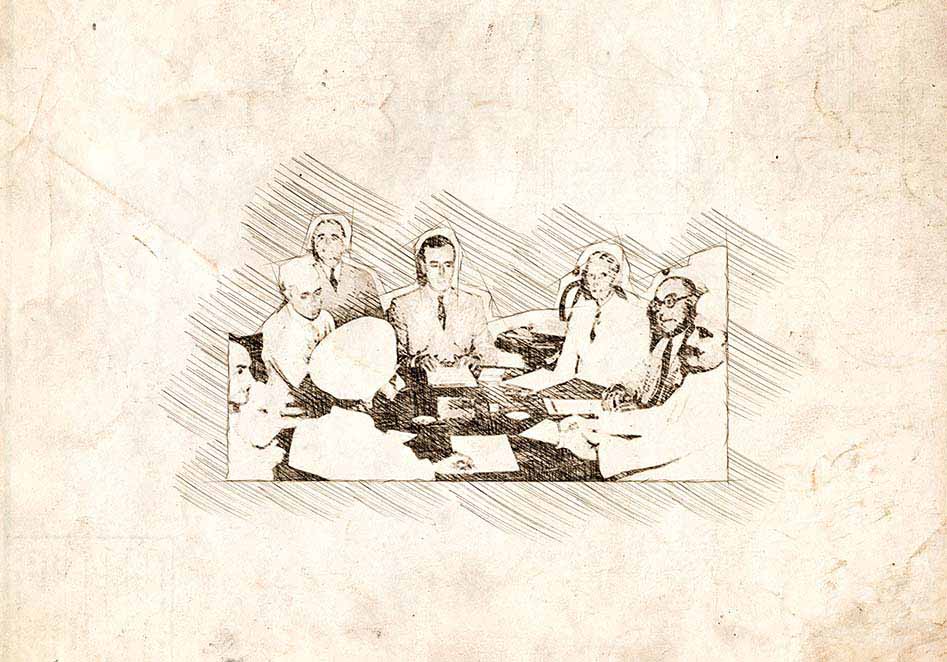
British India was divided based on the “Two-nation theory”, giving birth to India and Pakistan. Pakistan had two separate territories, East Pakistan and West Pakistan. After the partition of British India, approximately 44 million Bengali speaking people of East Pakistan became citizens of the newly formed Pakistan. The language, art and culture of these two territories were totally different.
National Language Declaration
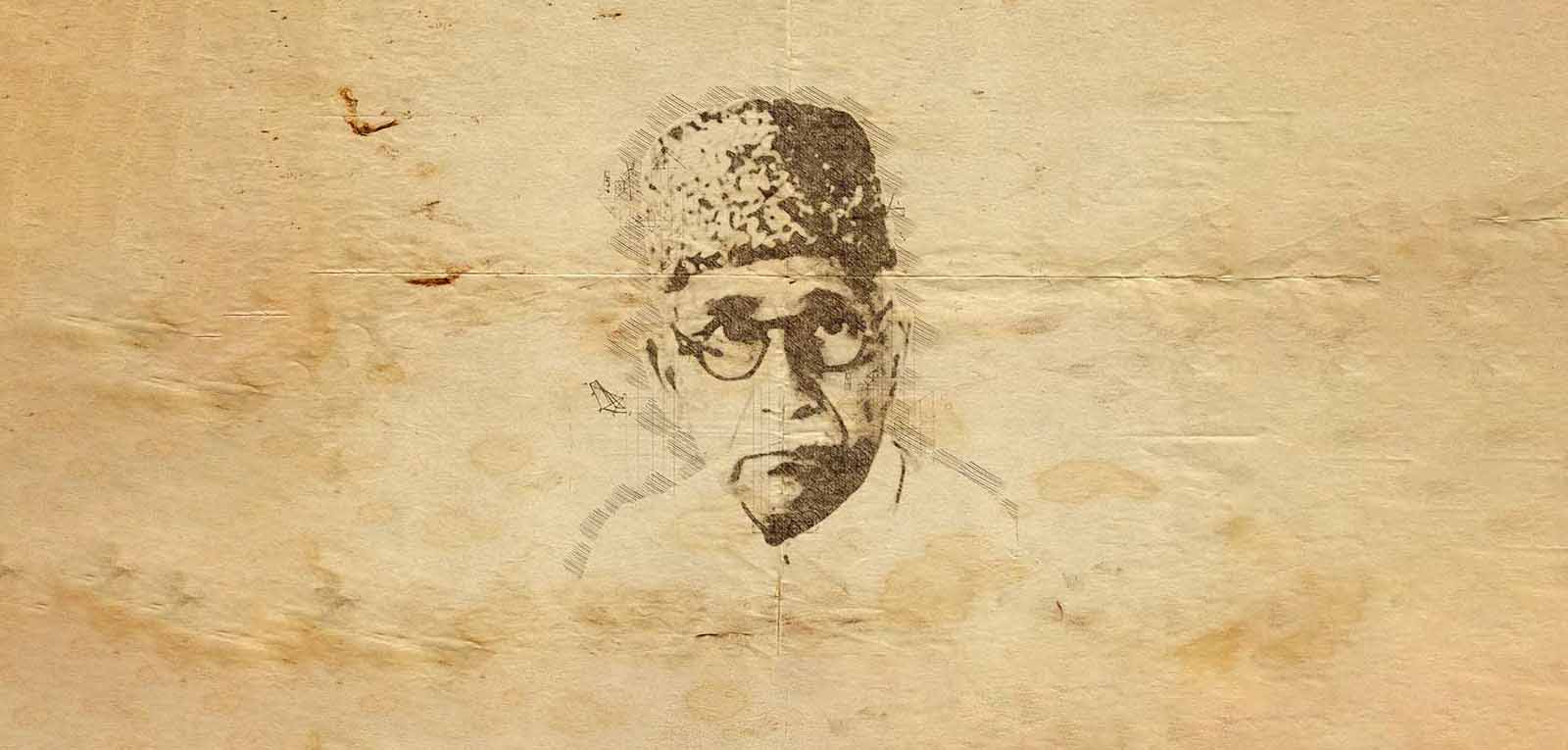
West Pakistanis had a majority in the Pakistani government, administration, and military; the use of Urdu was common among them. On May 17, 1947 at an Urdu conference in Hyderabad, Muslim League leader Chaudhry Khaliquzzaman announced, 'Urdu will be the national language of Pakistan'. At July, 1947 Vice-Chancellor of Aligarh Muslim University, Ziauddin Ahmed also agreed with Chaudhry Khaliquzzaman.
Protest
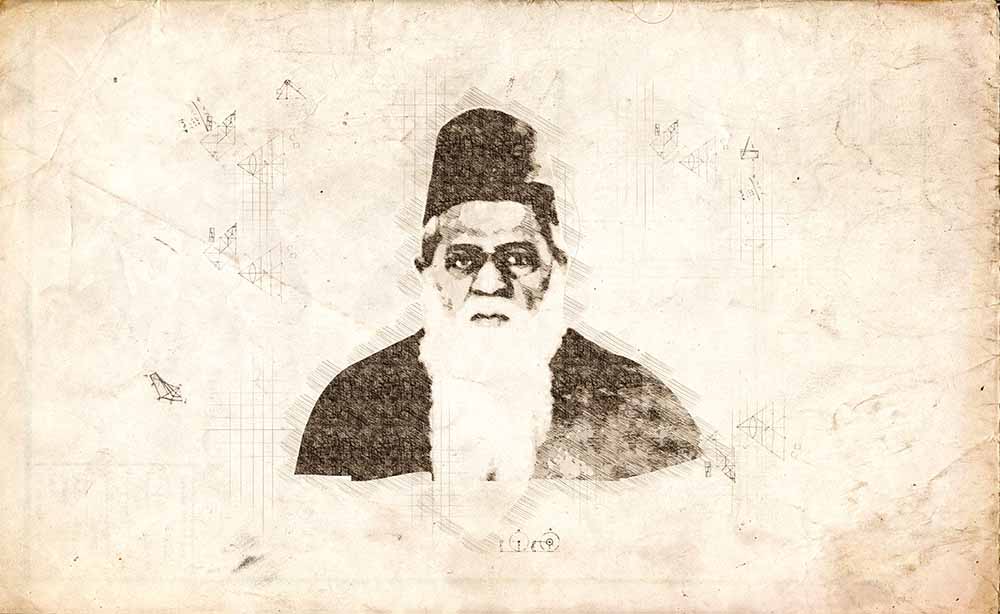
Several intellectuals, including Dr. Muhammad Shahidullah and Muhammad Enamul Haq, were against the proposal of Chowdhury Khalequzzaman. Dr. Muhammad Shahidullah wrote on 'The Azad newspaper' that Bangla should be the state language of Pakistan.
Tamuddin Majlis
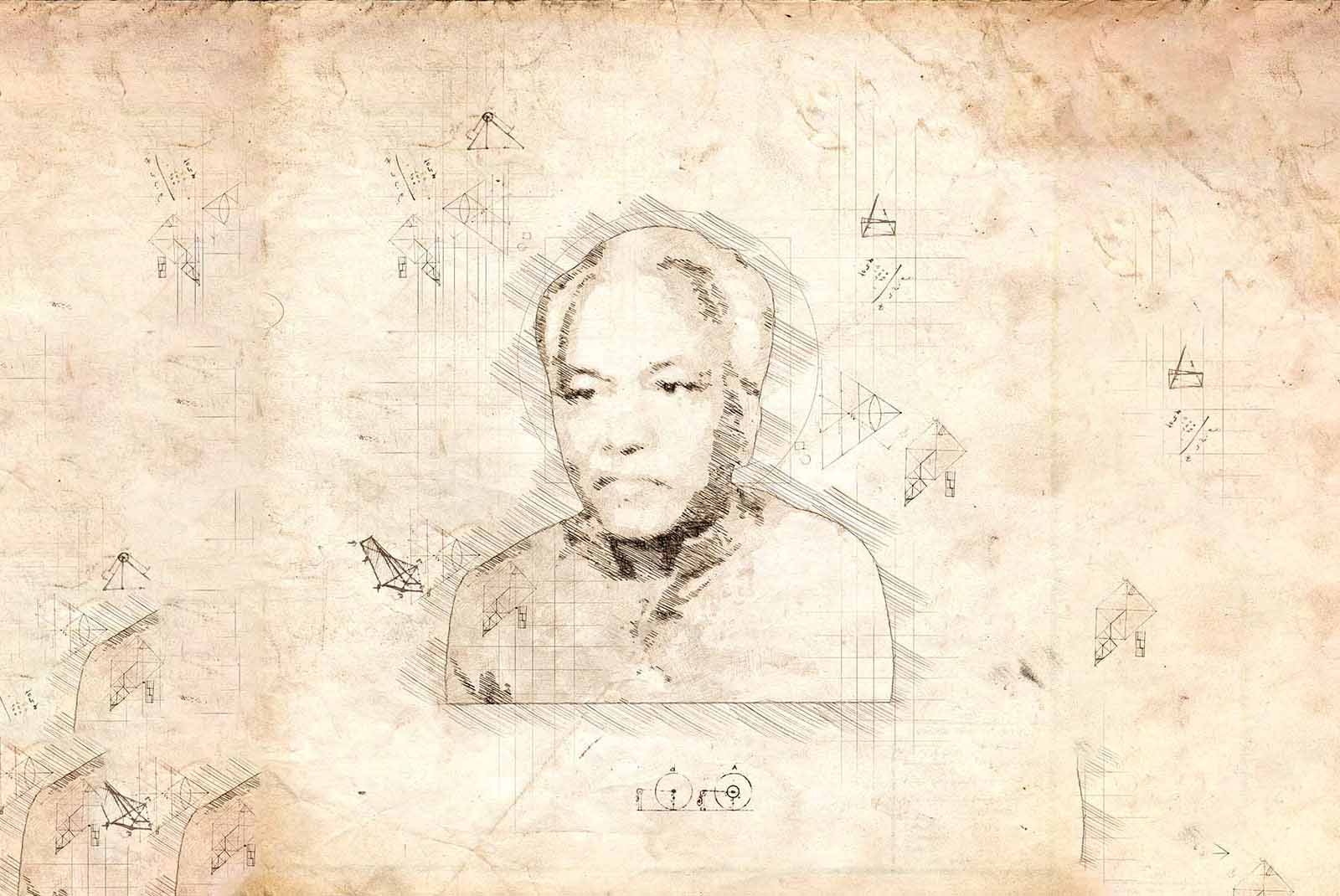
With the leadership of Principal Abul Kashem, 'Tamuddin Majlis' (a Islamic-cultural Society consists of writers, journalist, and scholars) started a movement to make Bangla one of the state languages of Pakistan. Tamuddun Majlish issued a pamphlet titled Pakistaner Rashtra Bhasha: Bangla Na Urdu? ('Pakistan’s State Language: Bengali or Urdu?''). The authors, Qazi Motahar Hossain, Abul Mansur Ahmed and Principal Abul Kashem, made a strong demand for introducing Bengali as the only language of instruction, offices and courts of East Bengal.
Rashtrabhasha Sangram Parishad
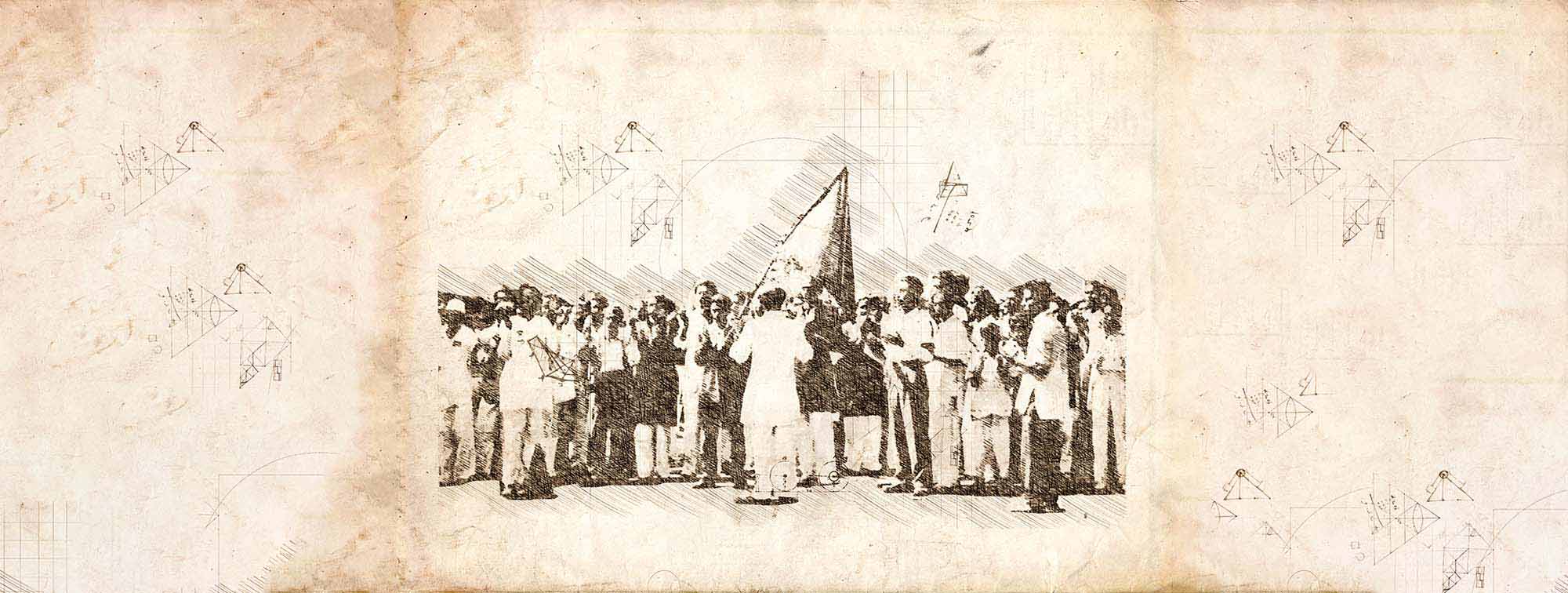
'Rashtrabhasha Sangram Parishad' was formed by a group of Bengali politicians and intellectuals demanding to make Bengali the state language of Pakistan. It became one of the most influential group.
Medium of Education
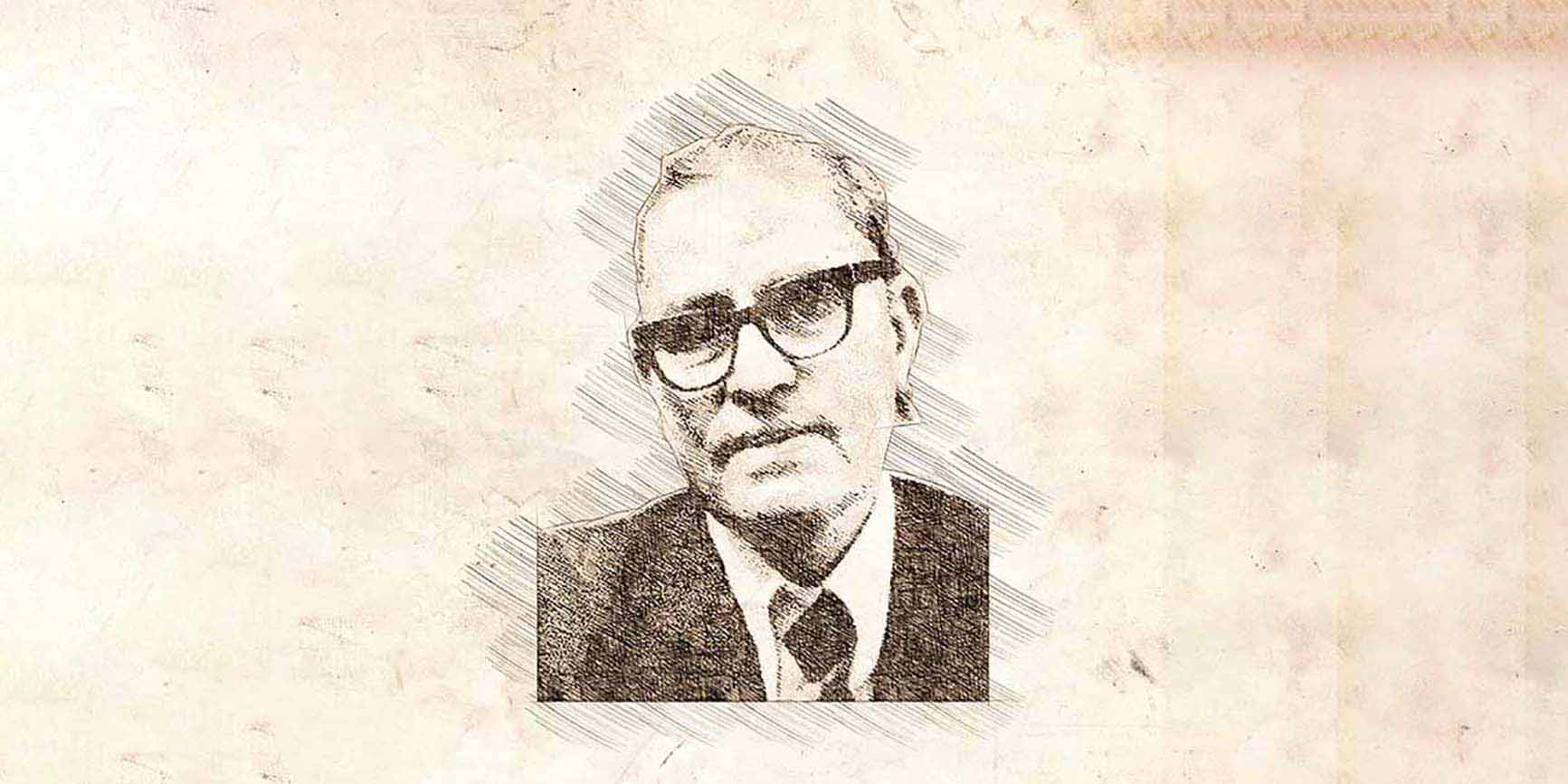
At National Education Conference, initiated by Pakistan's Minister of Education Fazlur Rahman in Karachi, it was decided to make Urdu and English as state languages. And proposed to make Urdu compulsory in all government functions and primary education for one year. Opposition and protests arose immediately. At that summit, a strong demand was raised to use Bangla as one of the state languages of Pakistan and as a medium of education in East Pakistan.
First meeting

In the context of that incident, There was widespread outrage in East Pakistan. East Pakistani students became agitated and held a meeting on the Dhaka University campus. This was the first meeting of students to make Bangla the state language. At December 8, Students formally demanded to make Bangla an official language and organized processions, rallies in Dhaka to promote their cause.
East Pakistan Students League

East Pakistan Students League was formed with Sheikh Mujibur Rahman (later who became the father of the nation of Bangladesh) as its first president. The activists of the organization pledged to fight against the propaganda of the Muslim League to portray Bengali as the language of the Hindu community.
Bangla as a state language Proposal
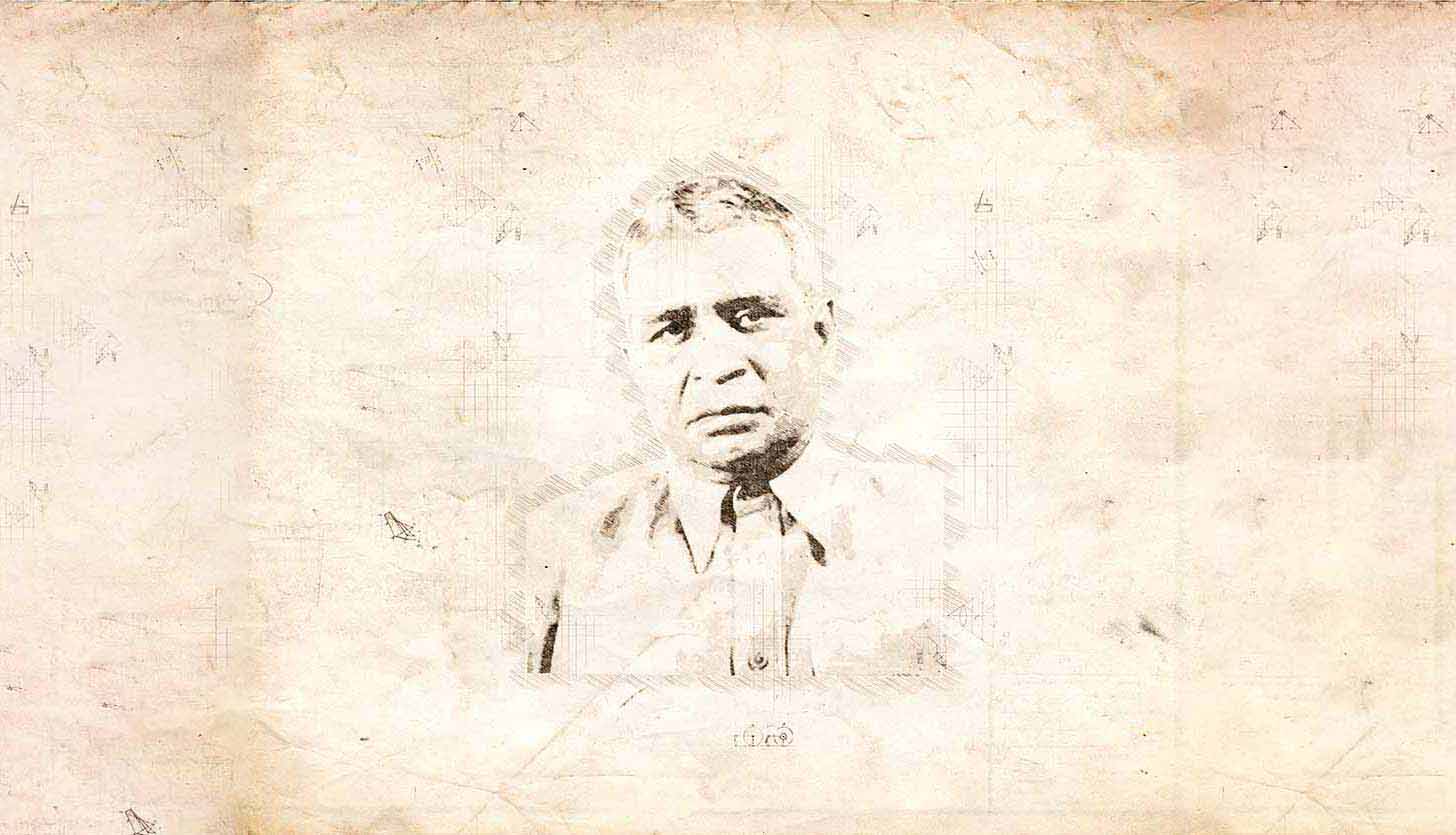
East Bengal Congress leader Dhirendranath Dutta proposed legislation to allow members to speak in Bengali and authorise its use for official purposes in the Constituent Assembly of Pakistan. His proposal was supported by legislators Prem Hari Burman, Bhupendra Kumar Datta and Sris Chandra Chattaopadhyaya of East Bengal. But the Muslim League opposes the proposal. Khawaja Nazimuddin gave a speech opposing this proposal. Hence Prime minister Liaquat Ali Khan denounced the proposal as an attempt to divide the Pakistani people, thus the legislation was defeated.
Reform of Rashtrabhasha Sangram Parishad

On March 2, a gathering of students and intellectuals took place at Fazlul Haque Hall of Dhaka University. At that meeting Rashtrabhasha Sangram Parishad was formed for the second time and Shamsul Alam was elected convener. From there, the students called a strike on March 11 and thanked Dhirendranath Dutta for his courageous role.
Protest

'Rashtrabhasha Sangram Parishad' goes on strike across the country in protest of the exclusion of Bengali in postage stamps, currency and recruitment tests of the navy. The government called in the army to quell the protests. When a meeting was held in protest in the afternoon, the police disrupt the meeting and arrested some people. Among those arrested were Shamsul Haque, Sheikh Mujibur Rahman, Oli Ahad, Shawkat Ali, Kazi Golam Mahbub, Raushan Alam, Rafiqul Alam, Abdul Latif Talukder, Shah Mohammad Nasiruddin, Nurul Islam and others.
Pledge to make Bangla a state language

After the 11th incident, strike goes on from 12 to 15 March. In the face of the intensity of the movement, Khawaja Nazimuddin met with the Student Action Committee and signed a pledge to make Bangla the state language.
Muhammad Ali Jinnah
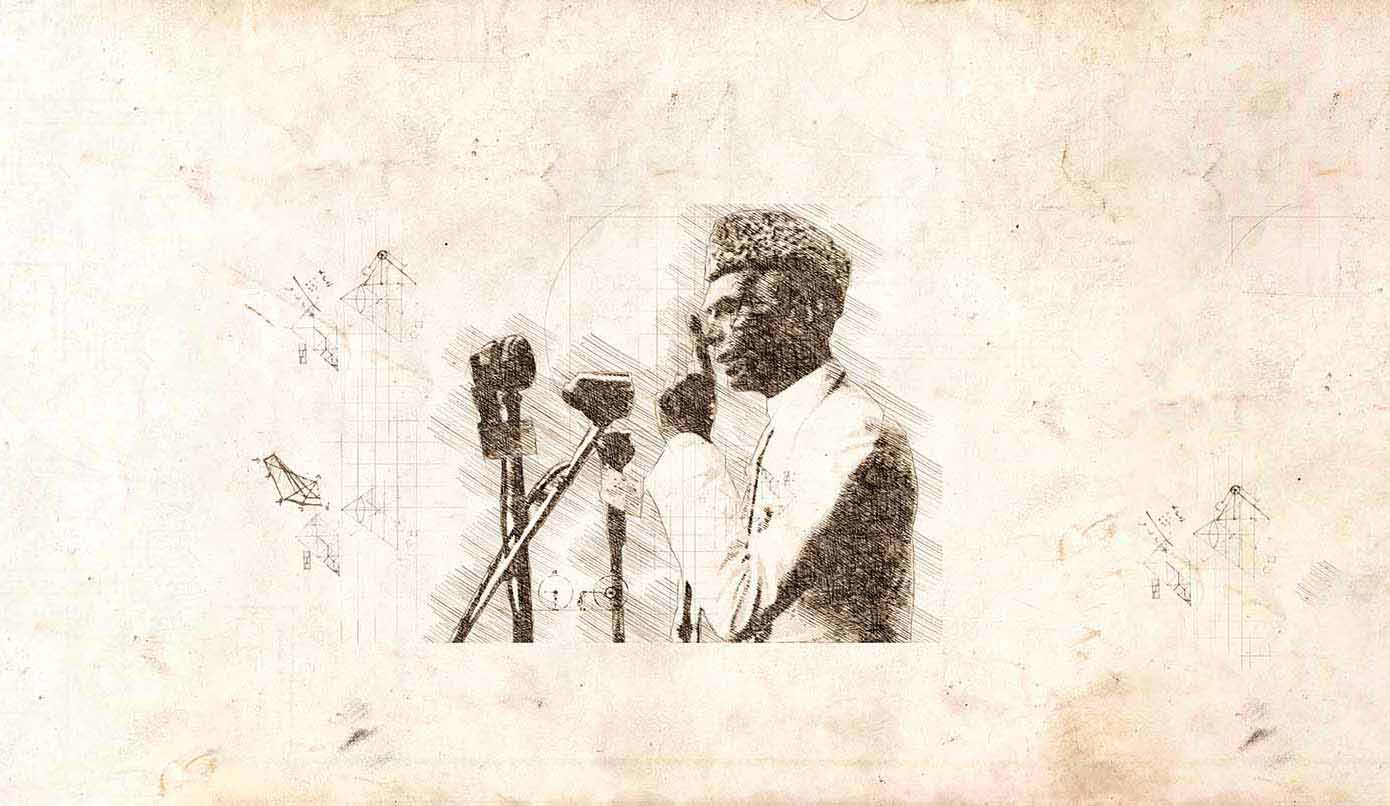
Muhammad Ali Jinnah arrives in East Pakistan on March 19. It was his first East Pakistan visit after partition. A public reception was held on March 21 at Racecourse Maidan (now Suhrawardy Udyan) where he gave a speech. In his speech, he referred to the language movement as a conspiracy to divide the Muslims of Pakistan. Although he said that the provincial language of East Bengal would be determined according to the language of the inhabitants of the province; But he unequivocally declared - 'Urdu will be the only state language of Pakistan, not any other language'. A section of the student body immediately protested against Jinnah's remarks.
Students protest
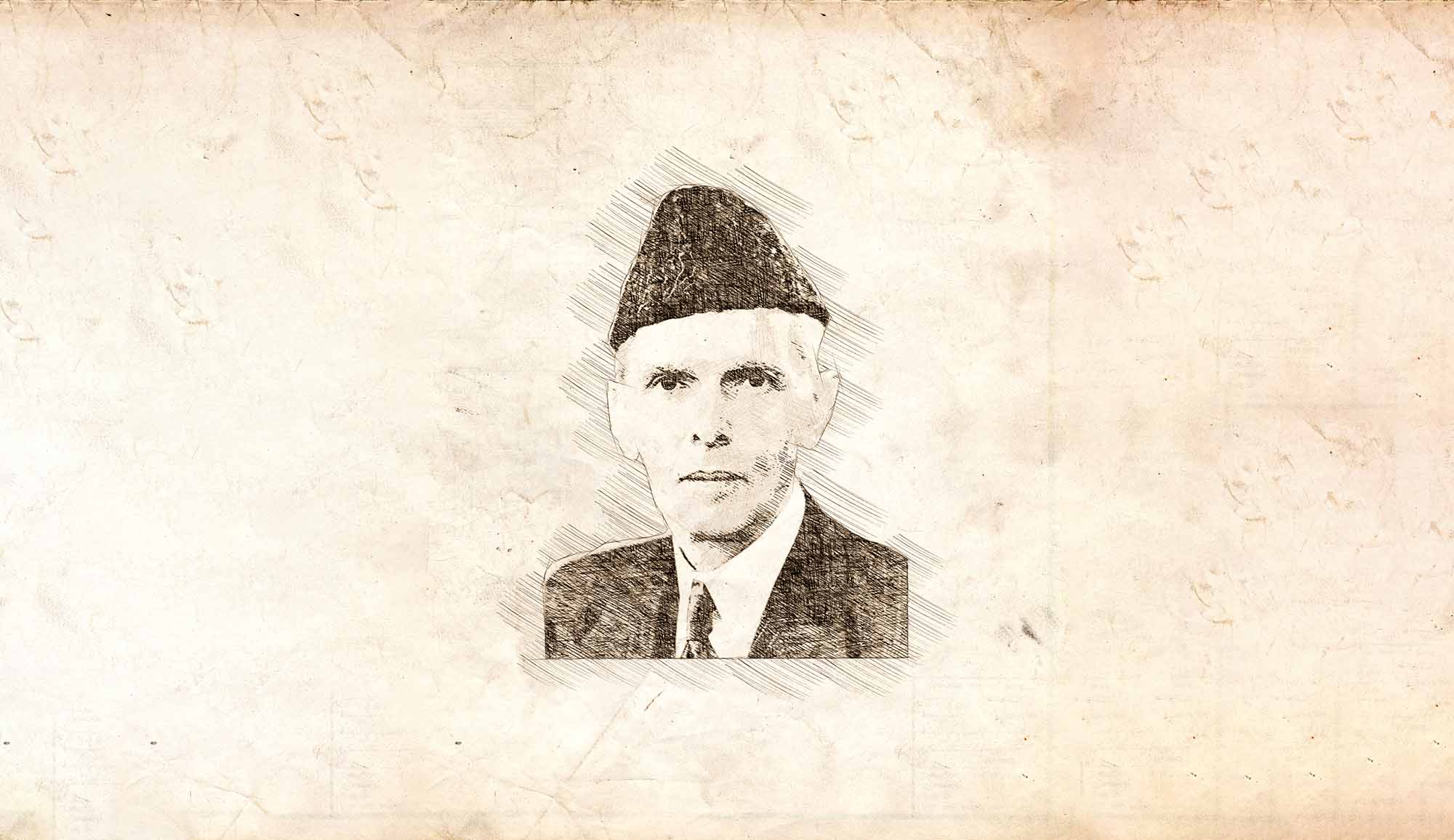
Muhammad Ali Jinnah repeats his remarks at a special convocation meeting at Curzon Hall. He noted that the movement was a manifestation of narrow-mindedness and complained that some people were trying to satisfy their personal interests through it. When he reiterated his position on Urdu, the students protested immediately shouted in unison, saying no.
Demand raised again to the Prime Minister
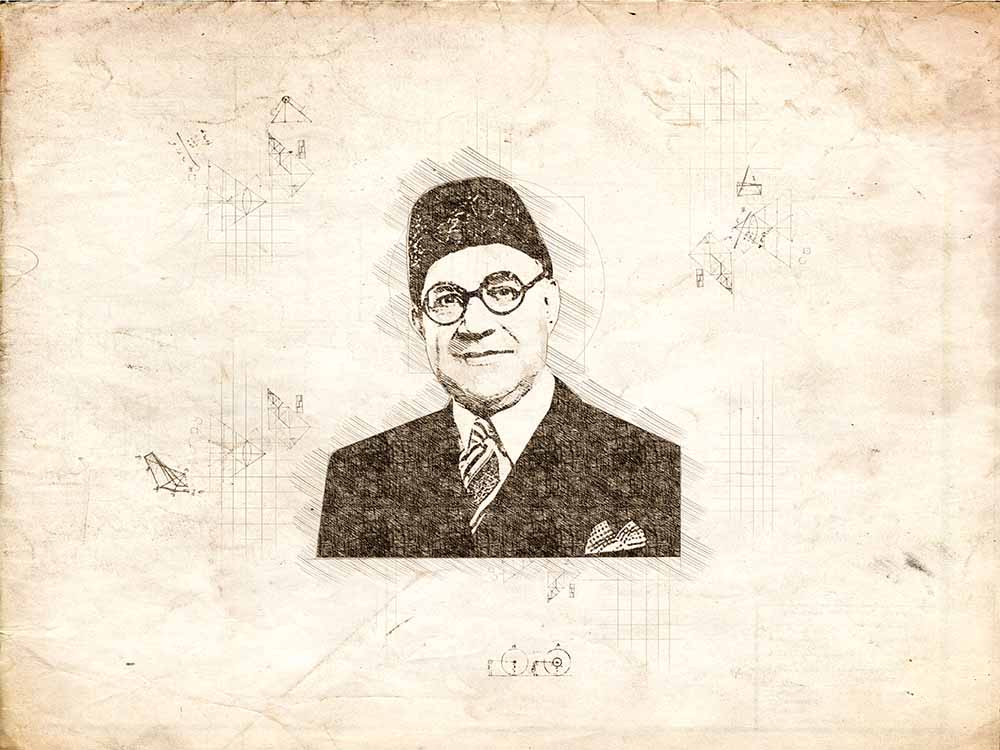
On 17 November 1947, the first Prime Minister of Pakistan Liaquat Ali Khan visited East Pakistan. On 27 November, he Gave a speech at a student meeting at the Dhaka University playground. At that meeting, the demand for Bangla language was raised again in the certificate issued by the Dhaka University Central Students' Union, but he refrained from commenting.
New proposition

The introduction of Arabic alphabet for all languages including Bangla was proposed by Education Minister Fazlur Rahman. It was rejected by Dr Muhammad Shahidullah and other linguists of East Bengal.
Dhaka University State Language Movement Committee

Dhaka University State Language Movement Committee was formed under the leadership of left-leaning student Abdul Matin.
Proposition denied

The proposal to the introduction of Arabic alphabet for all the languages is formally tabled in parliament. Leaders of newly formed Awami-Muslim League and Dhirendranath Datta protested at it.
East Bengal Language Committee
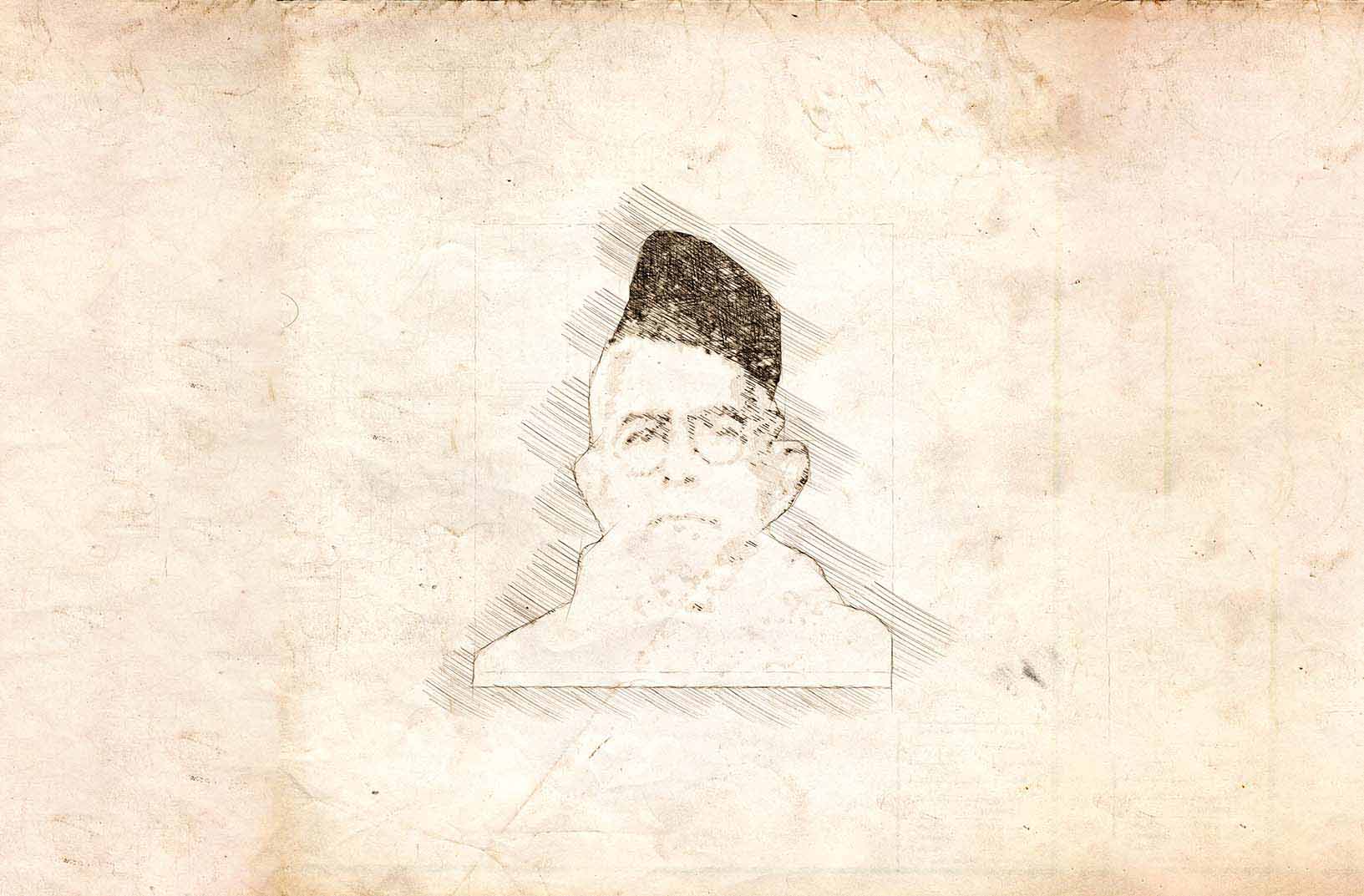
The proposal to use Arabic alphabet for writing Bangla language was marked as bizarre in submitted final report of the 16 member East Bengal Language Committee, headed by Maulana Akram Khan. The committee also demanded using Bangla in all offices and educational institutions. But the report was not published until 1958.
Memorandum

A memorandum to all newspapers and legislative council members was sent by Dhaka University State Language Movement Committee demanding announcement of Bangla as state language with Urdu.
Raise Consensus and Voice

Dr Muhammad Shahidullah asked people to raise their voice against imposition of any other language than Bangla as medium of education in a conference of university and college teachers in Comilla.
Re-submission of old Proposition
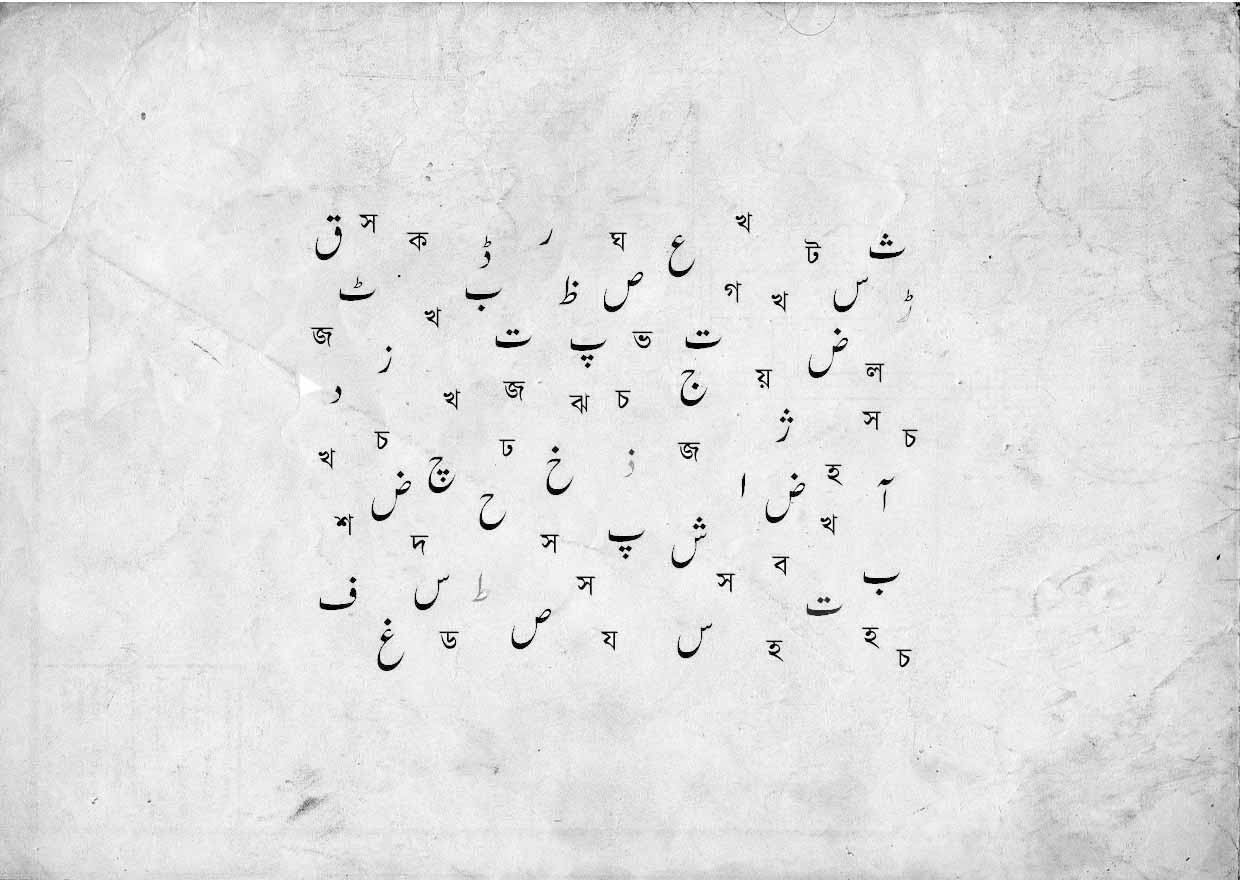
The proposal to write Bangla in Arabic script was tabled again in the legislative council.
Student's Denial

Khawaja Nazimuddin, the then Prime Minister, arrived in Dhaka on 25 January and delivered a long speech at a public meeting at Paltan Maidan on 27 January. He echoed Jinnah's words, saying that Urdu would be the state language of Pakistan. Students were outraged to hear his speech.
Protest against speech of Prime Minister

The Rashtrabhasha Sangram Parishad held a protest meeting on 29 January and a student strike on 30 January in Dhaka in protest of the statement made by Khawaja Nazimuddin. On that day, the leaders, including the students, gathered at the Dhaka University office and decided to hold a strike and protest meeting on February 4 and a province-wide strike on February 21.
Shorbodolio Kendrio Rashtrobhasha Kormi Porishod
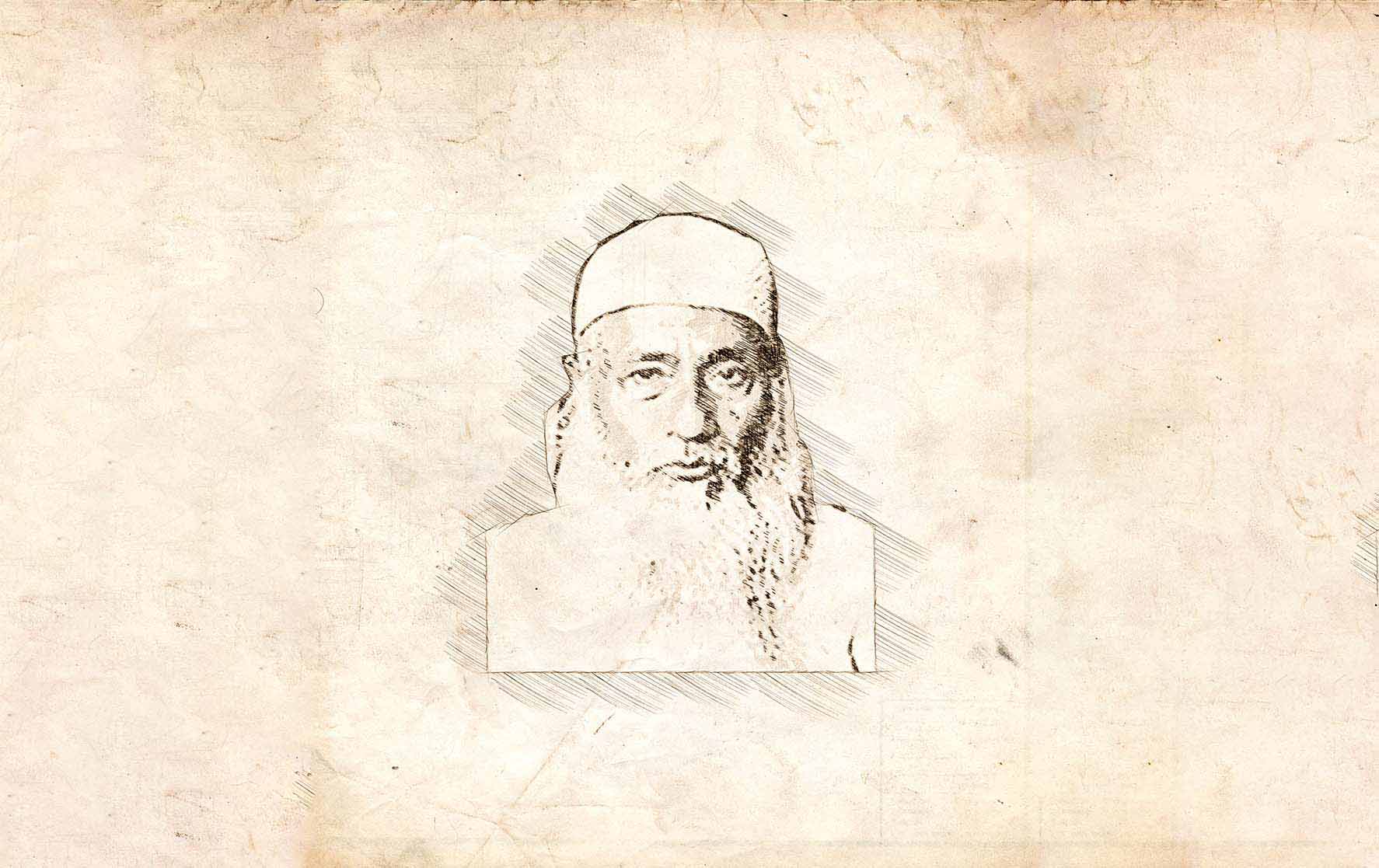
At the meeting held at the Bar Library Hall of Dhaka University, a 40-member 'Shorbodolio Kendrio Rashtrobhasha Kormi Porishod' was formed under the leadership of Maulana Bhasani. The meeting strongly opposed the government's proposal to write Bangla in Arabic script and supported the decision taken at the January 30 meeting to hold the strike. The council adopted a detailed action plan for strikes, rallies and processions on 21 February.
Protest and Demand at Dhaka University
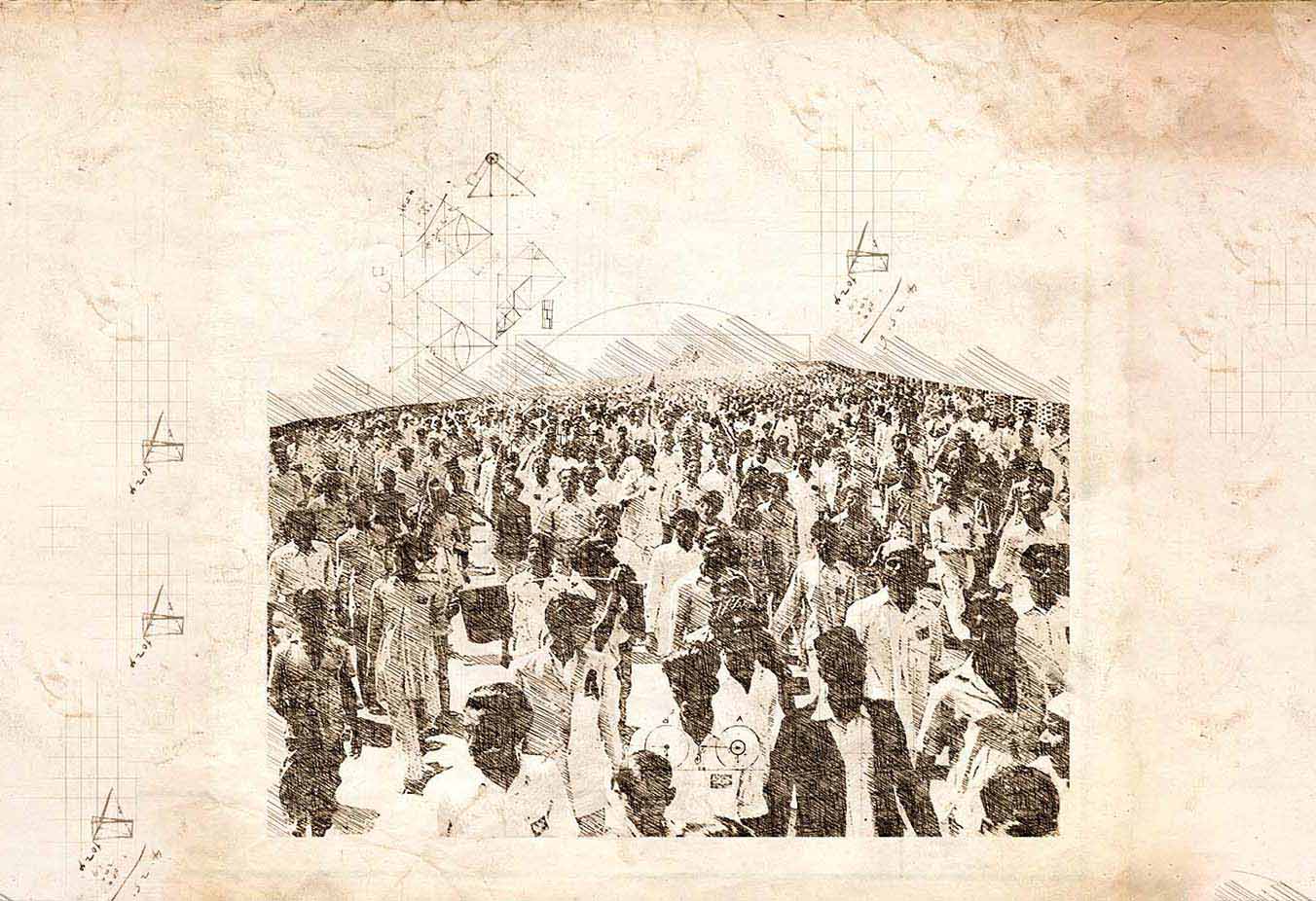
According to the previous decision, students of Dhaka University and other educational institutions gathered on the campus of Dhaka University on 4 February. The gathering protested against the proposal to write Bangla in Arabic script and demanded that Bangla be adopted as the state language. The students staged a huge demonstration at the end of their rally.
Section 144

The government issued section 144 for one month in Dhaka from February 21 through the local administration. Students of Dhaka University decided to break section 144 by holding meetings in different halls. A meeting of the Shorbodolio Kendrio Rashtrobhasha Kormi Porishod was held under the chairmanship of Abul Hashim at the central office of Awami Muslim League at 94 Nawabpur Road on the night of 20 February. Although some members of the council were in favor of disobeying the ban, it was finally decided in an 11-3 vote not to violate section 144.
Decision to break Section 144

On the night of 20 February, separate meetings were held in different halls of Dhaka University on the same subject. In the evening, it was decided to break section 144 under the chairmanship of Fakir Shahabuddin at Salimullah Hall. Abdul Momin presided over the meeting held at Fazlul Haque Muslim Hall. Abdul Momin and Shamsul Alam took the responsibility of informing the Rashtrabhasha Sangram Parishad about this decision as per the proposal of Shahabuddin Ahmed.
Breaking section 144
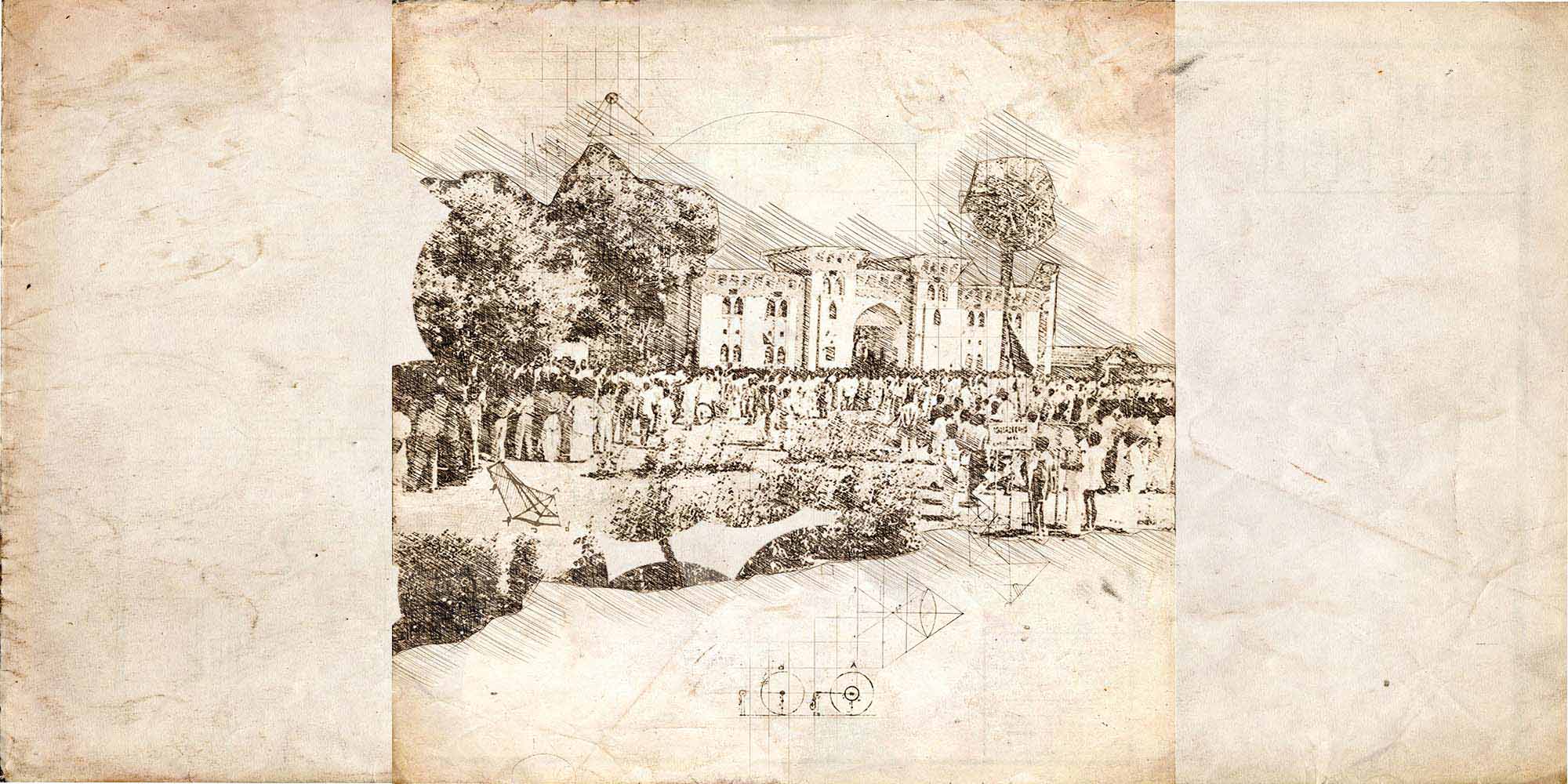
According to the pre-arranged program, students from different educational institutions gathered on the campus of Dhaka University from 9 am on this day. They started chanting slogans against the issuance of section 144. When the students gathered at the gate and try to broke the obstacle and take to the streets, Police fired tear gas and warned the students. The vice-chancellor requested the police to stop firing tear gas and instructed the students to leave the university premises.
Open fire by Police

Violence erupted when police began arresting some students for violating Section 144 while students were leaving campus. The students resumed their protest. Police opened fire on the students as they marched to the assembly to raise their demands. Abdul Jabbar and Rafiq Uddin Ahmed were killed on the spot by police firing. Besides, Abdus Salam, Abul Barkat and many others were killed at that time. On that day a 8/9 year old boy named Ahiullah was also killed.
Mouring and Procession
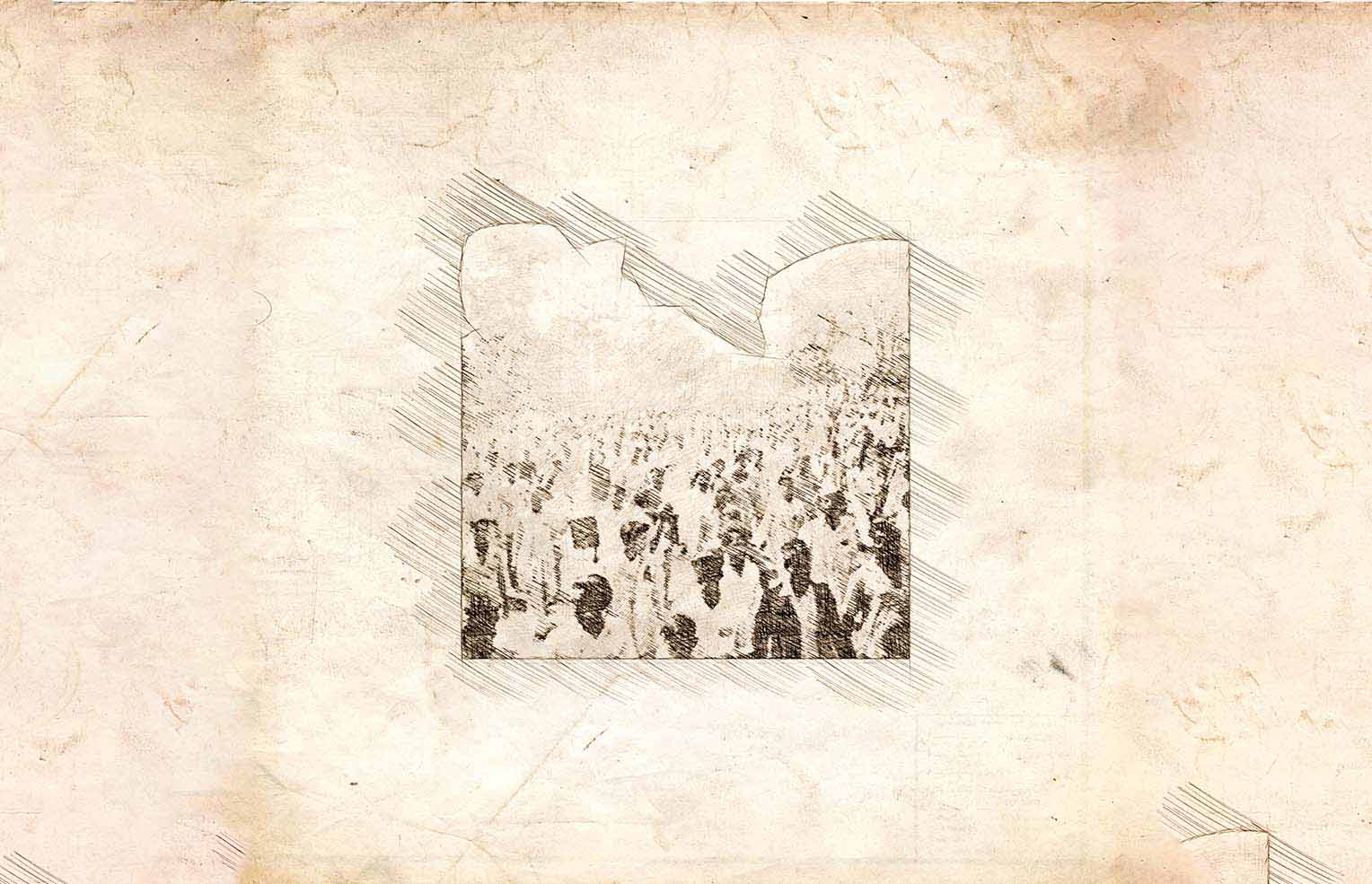
On February 22, processions and demonstrations erupted across the country. The people continued to mourn as well as disobey section 144. Funerals and processions were held in different parts of the city. On the same day, there were several incidents of assault and murder by the police. Police opened fire on a huge funeral procession on Nawabpur Road. Dhaka High Court employees Shafiur Rahman, Wahidullah and Abdul Awal were martyred in the firing.
International Mother Language Day
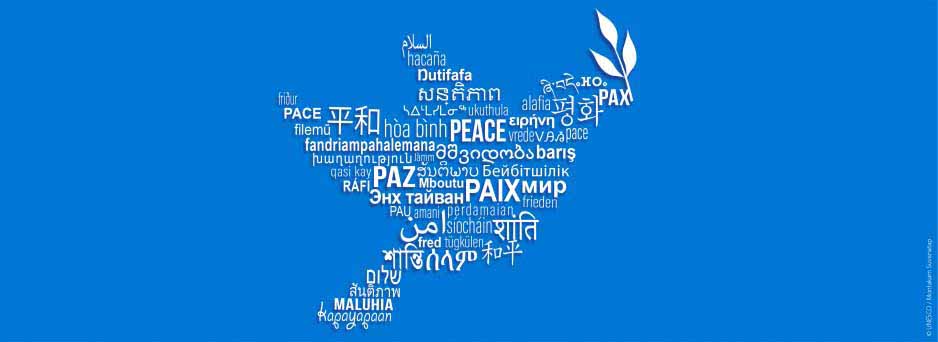
In remembrance of language movement martyrs, the 21 February was declared as the International Mother Language Day by UNESCO.

